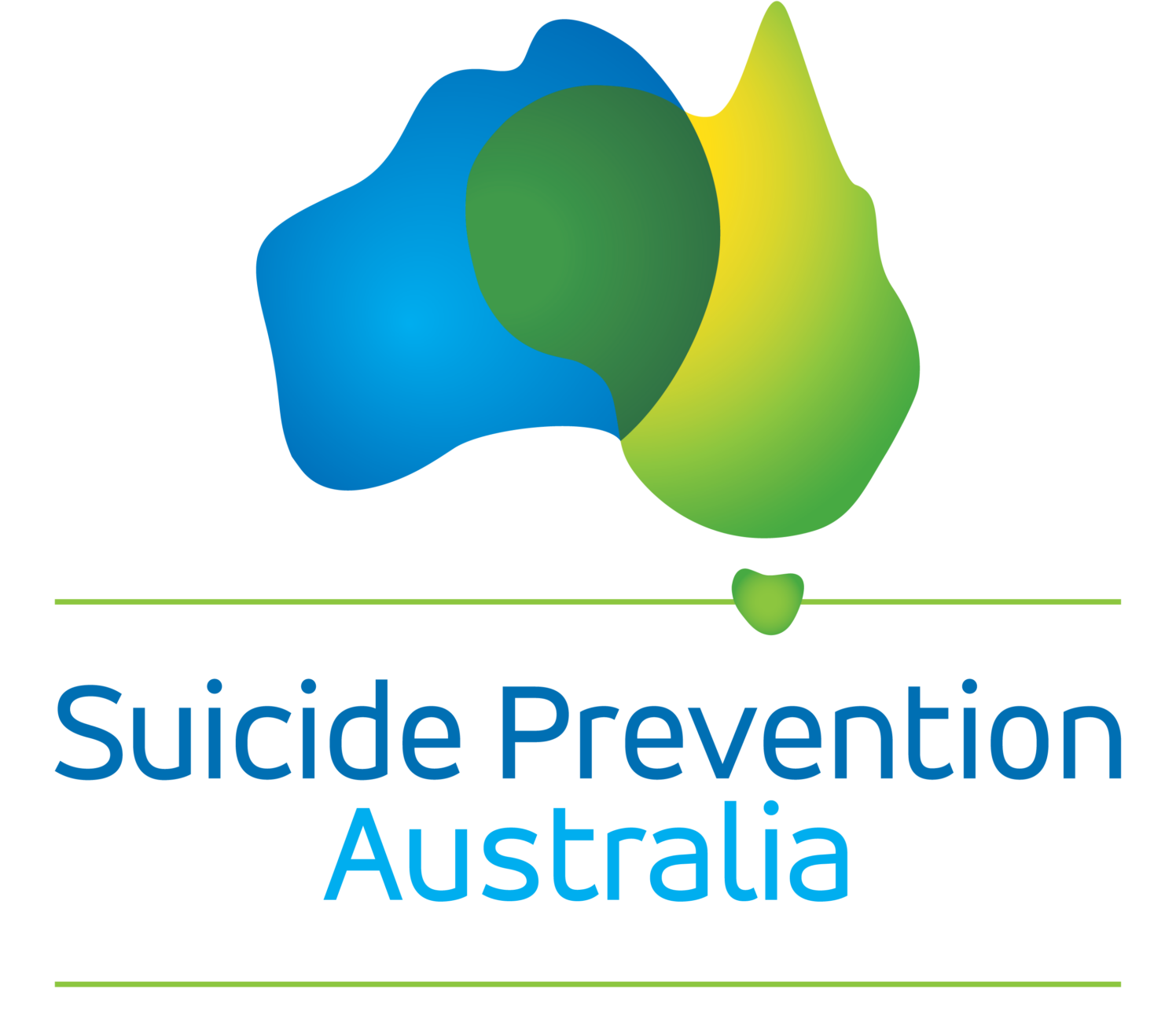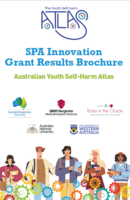Suicide prevention strategies in Australia have shifted in recent years, from a national approach to one that is regionally tailored and responsive to local community needs. Previous literature supports the need to understand suicidal behaviour within small-area geographies. However, this body of research has focused on suicide deaths which may not properly reflect prevention needs, and few studies have focused on young people. This is a priority population where urgent action needs to be taken to prevent suicides in Australia.
This was the first nationwide Australian study to examine regional variability of youth self-harm (non-suicidal self-harm and suicide attempts), and related risk and protective factors. This was achieved by analysing the Young Minds Matter survey, a nationally representative survey of Australian adolescents, and by conducting 14 focus groups with young people with lived experience of self-harm or suicidality and other key stakeholders (clinical/support staff) in geographically diverse areas. Collectively, this mixed methods project intended to identify characteristics of regions with lower and higher self-harm and suicide risk, and, in turn, help establish meaningful targets for youth suicide prevention informed by both national data and lived experience.
Overall, there was large regional variation in the prevalence and experience of self-harm (non-suicidal and suicidal) among young Australians, providing further support for the National Suicide Prevention Strategy of a systems-based regional approach. Nationwide spatial analyses of self-harm prevalence provided clear rationale for where future prevention efforts should be prioritised across Australia. This included self-harm clustering in metro and regional areas across Western Australia, Northern Territory, Queensland, Victoria, and New South Wales.
The mental health of young people was an important factor in spatial analyses and focus group discussions and should continue to be a key target in youth suicide prevention policy and planning. In addition, relations with parents and school staff, digital/online environment interactions, and a myriad of social determinants of health (parent employment and country of birth, housing quality, financial/transportation barriers) require equal consideration. Large and disruptive environmental stressors/events (climate change, COVID-19) also need to be factored into the sector’s policy planning and service delivery; highlighted in youth focus group discussions as the backdrop of today’s young people’s lives. This systems-based approach was further reiterated by staff focus group participants, viewed as key to effectively managing youth self-harm and suicidality out in the community.
Youth focus groups also provided new understandings of regional variability in (1) self-identified risk and protective factors, and (2) self-identified barriers to help seeking/receiving. In terms of the latter, metro and regional groups faced similar barriers, however, the nature of the problem differed with respect to service accessibility issues (wait times vs. travel distances) and types of stigma faced (staff vs. community stigma related to the small-town effect). Such findings should provide primary health networks (PHNs) and other service planners with a better understanding of the more pertinent service needs and barriers faced by young people in regional versus metro areas. Finally, there was overlap between youth and staff focus group suggestions for sector improvements, including increasing afterhours supports, more missing middle services, and including peer workers at all levels of the sector.
Collectively, our mixed methods results are reflective of the wider literature focused on the intersection of geography and psychology, where place is critical for one’s mental health and wellbeing. Recommended next steps focus on establishing/strengthening data partnerships in identified youth self-harm clustering regions; increased research efforts and program planning focused on youth mental health and employment/socioeconomic outcomes of single parents; hosting discussions on e-safety and service barriers (in regional vs. metro areas); and devising mental health and self-harm education programs for parents and school staff.


